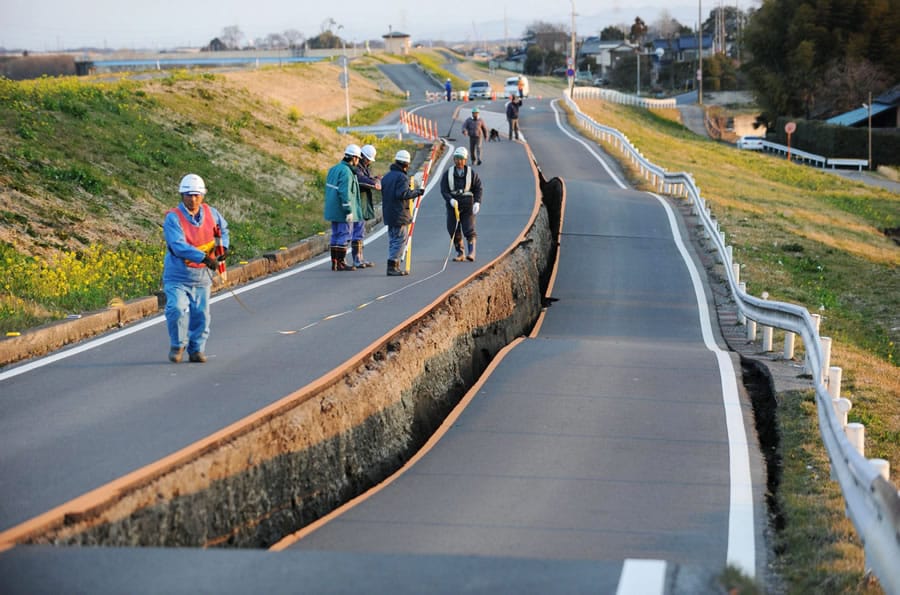
Japan Earthquake Essay
On March 11, 2011 Japan experienced an earthquake, which has become the most terrible and destructive in the history of this country. The terrible tragedy in Japan shocked the world’s population, took thousands of lives and has dangerous long-term consequences for people’s lives and for the world economy. The natural disaster has revealed to mankind that no one can stand in battle with nature.
Japan is situated in the earthquake-prone area, on the junction of four plates: the Eurasian, Pacific, North American and Philippine. The Eurasian plate is slowly moving to the east, and three others – to the west, so their friction causes earthquakes. Living in a seismically unstable area the Japanese know about the danger, but they were not ready for this kind of disaster, such a great catastrophe. Unfortunately, people were not warned about the earthquake, as no one could foresee it. Scientists around the world are now trying to understand and explain the reasons for the earthquake which occurred on March 11, and to predict its consequences.
The main cause of the accident, according to experts, is the shift of the Eurasian tectonic plate at 20 meters to the east. According to the latest data, due to the earthquake some north-eastern regions of the country (most affected by the earthquake) fell below the previous level by 75 centimeters. In addition, the current earthquake shifted the earth’s axis of 15 centimeters, thereby reducing the terrestrial day to 1.6 microseconds. And while this change at first glance too small, but it probably will be felt. (CBS News)
In the international scientific community many scientists today fear a repeat of the devastating earthquake in the country and following it tsunami. Scientists from many countries argue that earthquake tremors in Japan are of planetary scale, which have an effect on the entire world. Furthermore, it is possible to assume that soon the earthquake and tsunami may happen again. Just for one day after the main earthquake that caused the giant waves, in Japan there were another 170 aftershocks of magnitude 5 to 7 points. In addition, it is believed that the earthquake will affect seismic activity in the Kuril-Kamchatka zone, which is considered a single entity. After the first earthquake the most terrifying are so-called aftershocks. But scientists argue that natural anomalies after the earthquake in Japan will be observed for several more years. (Parry 2011)
Whatever it was, the tragedy has already occurred. The most terrible consequence of it, of course, are thousands of dead, whose number is constantly growing. According to the data on April 21, the official number of dead from the earthquake and tsunami in 12 prefectures of Japan is 14 000 people, 13 000 people are considered lost in the 6 prefectures. The region which was strongly affected by the tsunami, is considered the east coast of Honshu Island. There element is completely destroyed and damaged over 50,000 homes. Despite the efforts of rescuers, the number of victims among the population is constantly increasing. ()
However, this impact does not end the catastrophe. Due to the damage received after the earthquake and tsunami, there were serious problems at Japanese nuclear power plant. In particular, the most affected was Fukushima Nuclear Power Station-1. Experts note that there is still impossible to estimate with accuracy the situation in the Fukushima-1. But it is clear that the tragedy will affect many generations of Japanese people. But experts say the country is able to cope with the damage done by the disaster.

